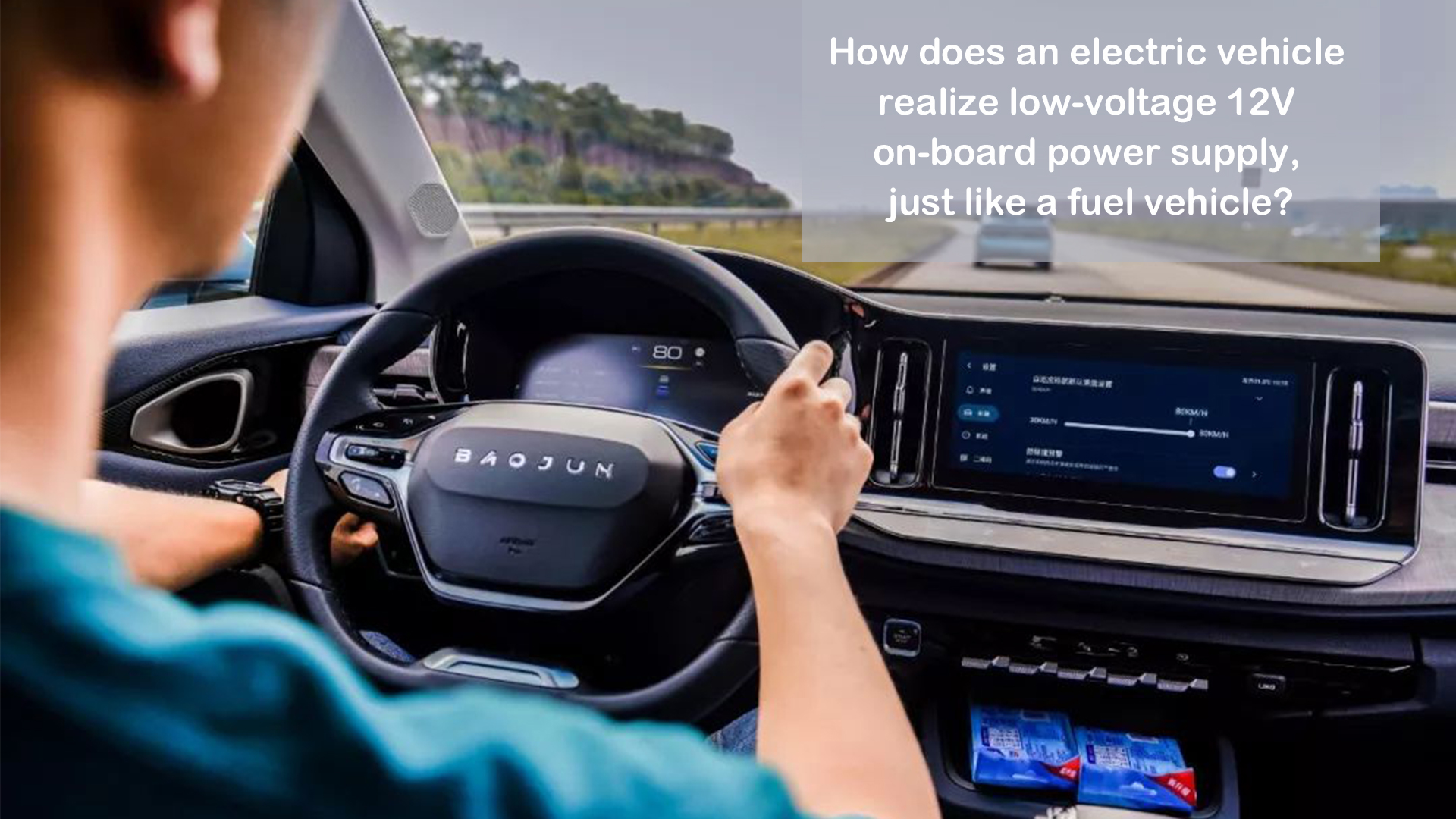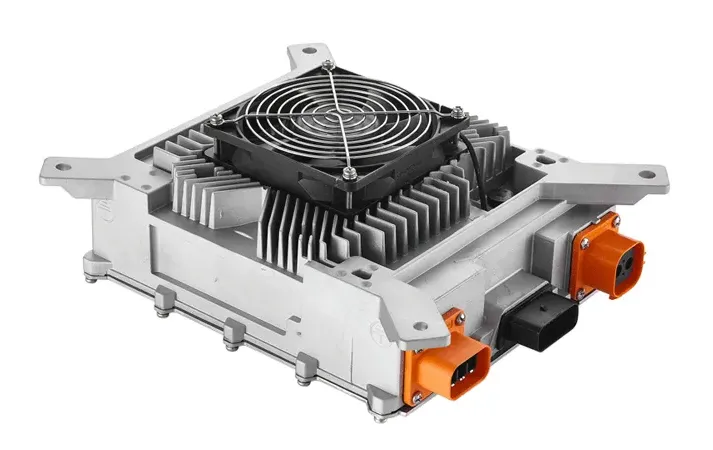Powering Your Electric Vehicle: How to Implement a 12V On-Board Power Supply
Sep 15,2023 | TCcharger
 Electric vehicles (EVs) are known for their cutting-edge technology and advanced propulsion systems, but they still rely on a 12-volt on-board power supply for various auxiliary systems. These systems include lighting, infotainment, HVAC, and more. In this blog post, we'll explore how to establish a 12V on-board power supply for your EV, ensuring that all essential systems continue to operate smoothly.
Electric vehicles (EVs) are known for their cutting-edge technology and advanced propulsion systems, but they still rely on a 12-volt on-board power supply for various auxiliary systems. These systems include lighting, infotainment, HVAC, and more. In this blog post, we'll explore how to establish a 12V on-board power supply for your EV, ensuring that all essential systems continue to operate smoothly.
-
Understanding the Need for a 12V On-Board Power Supply
Before diving into the implementation, it's essential to understand why electric vehicles require a 12V on-board power supply. While the primary propulsion system relies on high-voltage batteries and components, numerous auxiliary systems run on 12V DC power. These systems are crucial for the vehicle's operation and passenger comfort.
-
Components Required
To create a 12V on-board power supply for your EV, you'll need the following components:
-
12V Battery: This is the heart of the 12V system. You can use a traditional lead-acid battery, a lithium-ion battery, or an AGM (Absorbent Glass Mat) battery.
-
DC-DC Converter: The DC-DC converter is responsible for converting high-voltage DC power from the main battery (typically 300V or more) into 12V DC power. This component ensures that the 12V battery stays charged and supplies power to the vehicle's systems.
-
-
Installation Process
Here are the steps to install a 12V on-board power supply in your EV:
a. Select a Suitable Location for the 12V Battery: Depending on your vehicle's design and available space, find a secure and well-ventilated location to install the 12V battery. Common locations include the trunk, under the hood, or in dedicated battery compartments.
b. Install the 12V Battery: Securely mount the 12V battery in the chosen location, ensuring it is properly connected to the vehicle's grounding point. Follow the manufacturer's instructions for battery installation and safety.
c. Install the DC-DC Converter: Locate an appropriate spot to install the DC-DC converter. It should be close to the 12V battery for efficient power transfer. Connect the converter to the high-voltage battery pack and configure it to output 12V DC.
d. Wiring: Carefully route the wiring from the DC-DC converter to the 12V battery. Ensure that all connections are secure and that there is no risk of damage or short circuits. Properly insulate the wires to prevent electrical hazards.
e. Safety Precautions: Be cautious when working with high-voltage components and ensure all connections are made securely. Consult your EV manufacturer's guidelines and consider professional assistance if needed.
-
Testing and Validation
After installation, it's crucial to test the 12V on-board power supply system:
-
Check that the 12V battery is receiving a consistent charge from the DC-DC converter.
-
Verify that all vehicle systems relying on the 12V supply, such as lights, infotainment, and HVAC, are functioning correctly.
-
-
Maintenance
To maintain a reliable 12V on-board power supply in your EV:
-
Regularly inspect the 12V battery for signs of wear or damage.
-
Monitor the DC-DC converter's operation to ensure it's maintaining the 12V battery's charge.
-
Keep an eye on the health of the 12V system through the vehicle's diagnostic and monitoring systems.
-
Conclusion
Establishing a 12V on-board power supply for your electric vehicle is essential to keep auxiliary systems operational and maintain passenger comfort and safety. With careful planning, proper installation, and regular maintenance, you can ensure a robust 12V power supply that complements the advanced technology of your EV, providing a seamless driving experience.



